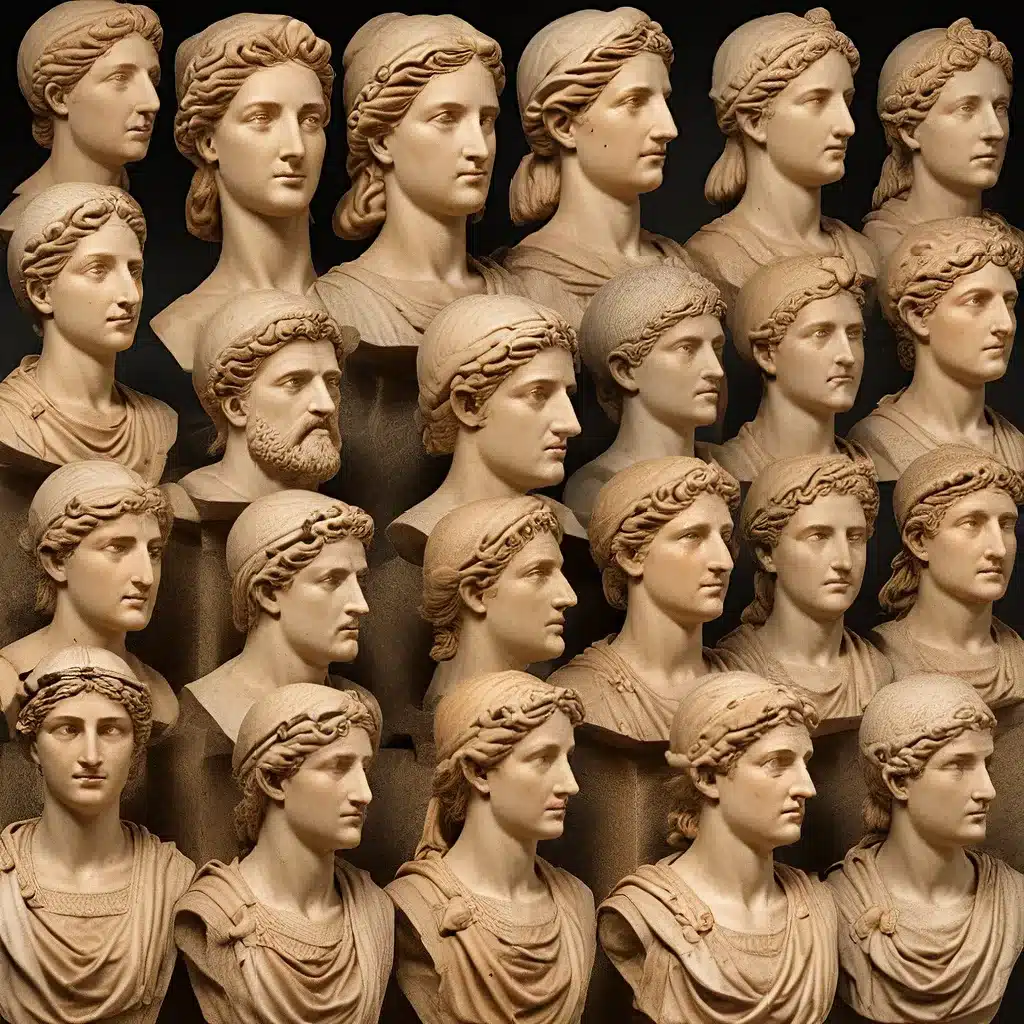
Unearthing the Secrets of Bygone Eras
The study of ancient civilizations and their archaeological marvels has long captivated the imagination of scholars, historians, and the general public alike. From the towering pyramids of Egypt to the enigmatic Nazca Lines of Peru, each unearthed artifact and uncovered relic serves as a tantalizing glimpse into the lives, beliefs, and achievements of our ancestors.
But the journey of uncovering these hidden treasures is not one undertaken by mere chance. Rather, it is the result of the tireless efforts and unwavering determination of pioneering minds who have dedicated their lives to reshaping our understanding of the past. These intrepid explorers, armed with a thirst for knowledge and a passion for discovery, have traversed the boundaries of time and space, shedding light on the forgotten civilizations that have long captured the imagination of the world.
In the realm of ancient history and archaeology, no stone has been left unturned, no mystery left unsolved. From the meticulous excavations of long-lost cities to the painstaking analysis of fragmented artifacts, these trailblazers have unearthed a treasure trove of insights that have forever transformed our understanding of the past.
Bridging the Gap: Unlocking the Secrets of Antiquity
One such pioneering figure who has left an indelible mark on the field of archaeology is the renowned Howard Carter. In 1922, Carter’s discovery of Tutankhamun’s tomb in the Valley of the Kings sent shockwaves through the academic world, ushering in a new era of fascination with ancient Egypt. The meticulous documentation and careful excavation of this long-lost treasure trove not only captivated the public imagination but also provided invaluable insights into the funerary practices, religious beliefs, and social structures of the ancient Egyptians.
Similarly, the remarkable work of researchers like Iryna Tehlivets has shed light on the intricate relationship between ancient anatomy and modern medical advancements. Through the meticulous study of historical anatomical research, Tehlivets has demonstrated how the enduring value of practical autopsy experience has played a crucial role in shaping our understanding of the human body and its various systems.
These pioneers have not only unearthed the physical remnants of bygone eras but have also uncovered the intangible legacies that have shaped the course of human civilization. From the religious practices of the Aztecs to the engineering marvels of the Incas, each discovery has the power to rewrite history, challenging long-held assumptions and shedding light on the rich tapestry of human experience.
Embracing the Future: Technological Advancements Transforming the Field
As the field of archaeology and ancient history continues to evolve, technological advancements have played a crucial role in revolutionizing the way we study and understand the past. The advent of 3D scanning, digital reconstruction, and advanced imaging techniques have opened up new avenues for exploration, allowing researchers to delve deeper into the mysteries of ancient civilizations without physically disturbing fragile artifacts or remains.
The development of magnetic resonance imaging (MRI) and computed tomography (CT) scans, for example, has enabled scientists to examine mummies and other ancient remains with unprecedented precision, shedding light on the health, diets, and even the cause of death of long-deceased individuals. These technological breakthroughs have not only revolutionized the field of archaeology but have also paved the way for groundbreaking advancements in the understanding of human anatomy and medical history.
Moreover, the increasing digitization of historical records and the widespread availability of online databases have made it easier for researchers to access and analyze vast troves of information, accelerating the pace of discovery and fostering a global collaboration among scholars from diverse disciplines.
Navigating the Future: Challenges and Opportunities
As the field of archaeology and ancient history continues to evolve, it faces a delicate balance between tradition and innovation. While the integration of cutting-edge technologies has undoubtedly revolutionized the way we approach the past, there is a growing concern that the reliance on digital simulations and virtual reconstructions may come at the expense of the tactile exploration of physical artifacts and remains.
The decline in hospital autopsy rates, for instance, has sparked a debate about the continued relevance of cadaveric dissection in the age of advanced medical imaging. However, as the field of cardiovascular medicine has demonstrated, the intricate details revealed during autopsies have been instrumental in driving the development of surgical techniques and interventional procedures, underscoring the enduring value of this time-honored tradition.
As we navigate the future of archaeology and ancient history, it is essential to strike a delicate balance between embracing technological advancements and preserving the time-tested methods that have shaped our understanding of the past. By carefully leveraging the power of modern tools while respecting the legacy of our predecessors, we can unlock new frontiers of discovery and unravel the mysteries that have long captivated the human imagination.
Conclusion: A Lasting Legacy of Exploration and Discovery
The trailblazers of antiquity, from Howard Carter to Iryna Tehlivets, have left an indelible mark on the field of archaeology and ancient history. Through their tireless efforts, unwavering dedication, and pioneering spirit, they have not only unearthed the physical remnants of the past but have also illuminated the intangible legacies that have shaped the course of human civilization.
As we continue to explore the wonders of the ancient world, we must remain steadfast in our commitment to preserving the rich tapestry of history while embracing the transformative potential of technological advancements. By striking a balance between tradition and innovation, we can unlock new frontiers of discovery and deepen our understanding of the human experience across the vast expanse of time.
The legacies of these pioneering minds serve as a testament to the power of curiosity, the thirst for knowledge, and the unwavering pursuit of the truth. Their stories inspire us to continue the quest, to unravel the mysteries of the past, and to reshape our understanding of the world we inhabit. In doing so, we honor the legacy of those who have come before us and pave the way for generations of explorers and scholars to come.


